Home>Gardening & Outdoor>Landscaping Ideas>What Is Fake Grass
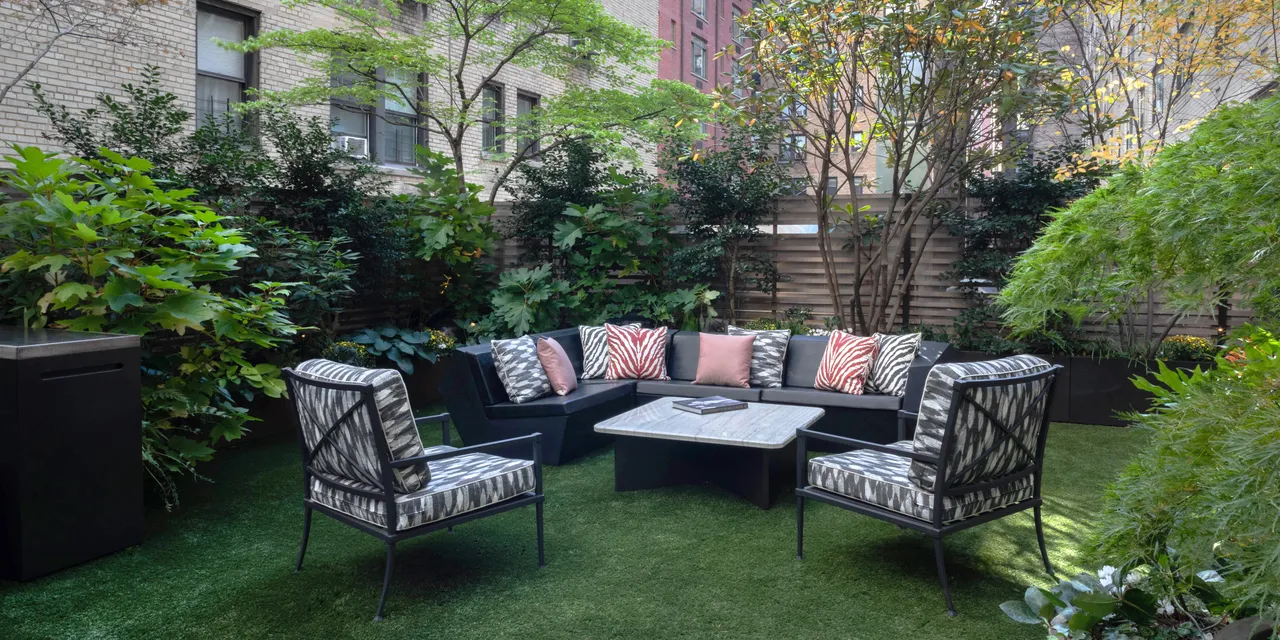

Landscaping Ideas
What Is Fake Grass
Modified: August 28, 2024
Discover the benefits of fake grass for landscaping ideas and create a low-maintenance, lush outdoor space. Explore the advantages of artificial turf for a beautiful, sustainable yard.
(Many of the links in this article redirect to a specific reviewed product. Your purchase of these products through affiliate links helps to generate commission for Storables.com, at no extra cost. Learn more)
Introduction
Welcome to the world of artificial grass, where lush green lawns are no longer exclusive to nature’s domain. Fake grass, also known as synthetic turf or artificial turf, has revolutionized landscaping, offering a low-maintenance alternative to natural grass. With its realistic appearance and versatile applications, fake grass has become increasingly popular for residential, commercial, and recreational use. In this comprehensive guide, we will explore the history, types, benefits, installation, maintenance, and environmental impact of fake grass, shedding light on its growing significance in the realm of landscaping.
Imagine a pristine lawn that remains vibrant and verdant throughout the year, regardless of weather conditions or foot traffic. This is the promise of fake grass, a solution that transcends the limitations of natural grass, such as water requirements, mowing, and fertilization. Whether you’re a homeowner seeking a picturesque lawn, a business owner aiming to enhance curb appeal, or a sports facility manager in need of a durable playing surface, fake grass offers a compelling array of advantages. Let’s embark on a journey to uncover the intricacies of fake grass and gain a deeper understanding of its role in shaping modern outdoor spaces.
Key Takeaways:
- Fake grass, also known as synthetic turf, offers low-maintenance, durable, and vibrant greenery for residential, commercial, and recreational spaces, providing a sustainable alternative to natural grass.
- Different types of fake grass cater to specific needs, from high-traffic sports fields to inviting residential lawns, with benefits including water conservation, minimal maintenance, and enhanced curb appeal.
Read more: What Is The Best Fake Grass
History of Fake Grass
The roots of fake grass can be traced back to the mid-20th century, a time when its development was fueled by a convergence of technological innovation and practical necessity. The first notable application of artificial turf can be attributed to the sports industry, specifically as a surfacing solution for athletic fields. In the early 1960s, the Astrodome in Houston, Texas, made history by installing the pioneering “ChemGrass,” marking the debut of synthetic turf in a major sports arena. This groundbreaking initiative was driven by the need for a durable, low-maintenance playing surface that could withstand the indoor environment of the dome, where natural grass struggled to thrive.
As the demand for all-weather playing fields grew, so did the evolution of fake grass. Advancements in materials and manufacturing techniques led to the refinement of synthetic turf, enhancing its resemblance to natural grass while improving its durability and performance. The 1970s witnessed a surge in the use of artificial turf for various sports, including football, soccer, and baseball, as stadiums and recreational facilities recognized the practical and economic advantages it offered.
Beyond the realm of sports, the appeal of fake grass extended to residential and commercial landscaping. Homeowners and businesses sought an alternative to the labor-intensive upkeep of natural lawns, prompting the adaptation of synthetic turf for aesthetic and practical purposes. The development of softer, more realistic artificial grass varieties further bolstered its appeal, paving the way for widespread adoption in diverse outdoor environments.
Fast forward to the present day, and fake grass has become a staple feature in landscaping projects across the globe. Its versatility and lifelike appearance have transcended traditional perceptions, earning it a permanent place in residential gardens, rooftop terraces, playgrounds, and public spaces. The journey of fake grass from its humble beginnings to its contemporary ubiquity reflects a compelling narrative of innovation, adaptability, and the ongoing quest to harmonize human-made landscapes with the beauty of nature.
Types of Fake Grass
Fake grass comes in a diverse range of types, each tailored to specific applications and aesthetic preferences. Understanding the various options can help you make an informed decision when considering artificial turf for your landscaping needs. Here are some of the key types of fake grass:
- Nylon: Known for its resilience and ability to spring back into shape after compression, nylon fake grass is a popular choice for high-traffic areas and sports fields. Its durability and excellent wear resistance make it suitable for intense use, making it an ideal option for athletic facilities and playgrounds.
- Polyethylene: Renowned for its soft texture and natural appearance, polyethylene fake grass closely mimics the look and feel of real grass. This type of artificial turf is favored for residential lawns, landscaping projects, and decorative applications, offering a lush and inviting surface that enhances outdoor spaces.
- Polypropylene: With its affordability and versatility, polypropylene fake grass is often chosen for temporary or budget-conscious landscaping solutions. While it may not possess the same level of resilience as nylon or the softness of polyethylene, it remains a practical choice for specific uses, such as events, exhibitions, and temporary installations.
- Pile Height and Density: In addition to material composition, fake grass is available in an array of pile heights and densities, allowing for customization based on desired aesthetics and functionality. Shorter pile heights offer a neat and manicured appearance, while longer piles can provide a more luxurious and cushioned feel. Density, referring to the number of fibers per square inch, contributes to the overall lushness and resilience of the artificial turf.
- Color and Thatch Variation: Fake grass is designed to emulate the natural variegation and texture of real grass, with options ranging from vibrant green hues to subtle earthy tones. Thatch, the layer of shorter fibers that adds depth and realism to the turf, can also vary in color and density to achieve a lifelike aesthetic.
By considering the unique characteristics of each type of fake grass, you can pinpoint the most suitable option for your specific landscaping requirements, whether it involves creating a durable sports field, crafting an inviting backyard retreat, or enhancing a commercial outdoor space with enduring greenery.
Benefits of Fake Grass
Fake grass offers a multitude of benefits that have propelled its popularity in the realm of landscaping and outdoor design. Whether for residential, commercial, or recreational use, synthetic turf presents a compelling array of advantages that cater to diverse needs and preferences. Here are some key benefits of fake grass:
- Low Maintenance: One of the most prominent advantages of fake grass is its minimal maintenance requirements. Unlike natural grass, which demands regular mowing, watering, and fertilizing, artificial turf remains consistently lush and vibrant with little upkeep. This translates to significant time and cost savings, making it an attractive option for busy homeowners and commercial property managers.
- Durability: Synthetic turf is engineered to withstand heavy foot traffic, inclement weather, and prolonged use without succumbing to wear and tear. Its resilience makes it an ideal surfacing solution for sports fields, playgrounds, and high-traffic areas, ensuring long-lasting performance and visual appeal.
- Water Conservation: With water scarcity becoming an increasingly pressing concern, fake grass offers a sustainable alternative to natural lawns that require substantial irrigation. By eliminating the need for regular watering, artificial turf contributes to water conservation efforts and helps reduce overall water consumption, particularly in arid regions.
- All-Weather Utility: Unlike natural grass, which can become muddy and unusable in inclement weather, fake grass maintains its functionality and visual appeal in various conditions. This makes it an ideal solution for outdoor spaces that require consistent accessibility and aesthetic appeal, regardless of seasonal changes.
- Enhanced Curb Appeal: Artificial turf lends a perpetually manicured and vibrant look to residential and commercial properties, enhancing their visual appeal and creating a welcoming atmosphere. Its consistent greenery and uniform appearance contribute to an attractive outdoor environment that leaves a lasting impression.
- Safe and Clean: Synthetic turf eliminates the need for pesticides, herbicides, and chemical fertilizers, promoting a safer and more eco-friendly outdoor environment. Additionally, its non-absorbent surface facilitates easy cleaning and maintenance, reducing the risk of mud, allergens, and pests commonly associated with natural grass.
By harnessing these benefits, fake grass offers a versatile and sustainable landscaping solution that aligns with the evolving needs of modern outdoor spaces. Whether it’s for residential lawns, commercial landscapes, or recreational facilities, artificial turf presents a compelling fusion of aesthetic appeal, functionality, and environmental consciousness.
Installation and Maintenance of Fake Grass
The installation and maintenance of fake grass play pivotal roles in ensuring its longevity, visual appeal, and performance. Whether you’re embarking on a residential landscaping project or overseeing the development of a sports field, understanding the best practices for installing and caring for artificial turf is essential. Here’s a comprehensive overview of the installation and maintenance process for fake grass:
Read more: What Is Fake Grass Made Of
Installation
The installation of fake grass involves several key steps to ensure a seamless and enduring outcome. It begins with meticulous site preparation, including the removal of existing turf, soil compaction, and the establishment of a sturdy base. This is followed by the installation of a geotextile membrane to prevent weed growth and promote drainage, laying a compacted aggregate base, and adding a layer of sharp sand to provide a level surface for the artificial turf.
Once the groundwork is in place, the synthetic turf is carefully positioned and secured, with precise attention to seams, edging, and infill distribution. Quality installation practices are crucial for achieving a natural appearance, optimal drainage, and long-term stability. Engaging professional installers with expertise in fake grass installation can ensure a flawless and enduring outcome.
Maintenance
Maintaining fake grass involves routine care and attention to preserve its aesthetic and functional qualities. While artificial turf requires significantly less maintenance than natural grass, regular upkeep is essential for maximizing its lifespan and performance. Here are key maintenance practices for fake grass:
- Cleaning: Periodic cleaning of artificial turf, using a leaf blower or gentle brushing, helps remove debris, leaves, and organic matter that may accumulate on the surface. This prevents compaction and maintains the turf’s appearance and drainage capabilities.
- Infill Redistribution: For infilled fake grass, redistributing the infill material ensures even support for the turf fibers and helps maintain its resilience and stability over time.
- Stain Removal: Addressing spills and stains promptly with mild detergent and water can prevent discoloration and maintain the turf’s visual appeal.
- Brushing: Occasional brushing of the fake grass fibers helps prevent matting and ensures a consistent and upright appearance, particularly in high-traffic areas.
- Inspections: Regular inspections of the artificial turf for signs of wear, seam integrity, and drainage efficiency can help identify and address maintenance needs proactively.
By adhering to these installation and maintenance guidelines, you can optimize the performance and longevity of fake grass, ensuring that it continues to enrich outdoor spaces with its enduring greenery and practical benefits.
Environmental Impact of Fake Grass
The environmental implications of fake grass have sparked discussions regarding its sustainability, resource conservation, and ecological footprint. As synthetic turf continues to gain prominence in landscaping and outdoor design, it is essential to examine its environmental impact from various perspectives, shedding light on both its advantages and considerations.
Resource Conservation
One of the primary environmental benefits of fake grass lies in its potential to conserve water, a precious resource that is increasingly under pressure due to factors such as urbanization and climate change. By eliminating the need for regular irrigation, artificial turf contributes to water conservation efforts, particularly in regions prone to drought and water scarcity. This aligns with sustainable landscaping practices and supports responsible water usage, making fake grass an appealing option for environmentally conscious individuals and communities.
Read more: What Goes Under Fake Grass
Chemical Usage and Maintenance
Compared to natural grass, which often requires the application of pesticides, herbicides, and chemical fertilizers, fake grass presents a more eco-friendly alternative. Its non-absorbent surface minimizes the need for chemical treatments, reducing the potential for environmental contamination and promoting a safer outdoor environment for humans, pets, and wildlife. Additionally, the lower maintenance requirements of artificial turf translate to reduced reliance on maintenance equipment and associated fuel consumption, further contributing to environmental conservation efforts.
Material Composition and End-of-Life Considerations
While the production of synthetic turf involves the use of materials such as polyethylene, polypropylene, and nylon, advancements in manufacturing processes have led to the development of eco-conscious and recyclable artificial turf options. Additionally, the potential for recycling artificial turf at the end of its lifecycle offers opportunities to minimize waste and promote circular economy principles. By exploring sustainable material alternatives and recycling initiatives, the environmental impact of fake grass can be further mitigated, aligning with broader efforts to reduce plastic waste and promote resource efficiency.
Heat Retention and Urban Heat Island Effect
One consideration associated with artificial turf is its potential to retain heat, particularly in urban environments where heat island effects can exacerbate local temperatures. However, ongoing research and technological innovations have led to the development of cooling technologies and heat-reflective materials for synthetic turf, addressing concerns related to heat retention and contributing to the creation of more climate-resilient outdoor spaces.
By critically examining the environmental impact of fake grass and embracing sustainable practices in its production, installation, and end-of-life management, the landscaping industry can harness the benefits of synthetic turf while proactively addressing environmental considerations. This holistic approach seeks to balance the practical advantages of artificial turf with a commitment to environmental stewardship, fostering outdoor environments that harmonize ecological responsibility with aesthetic appeal.
Conclusion
As we conclude our exploration of fake grass, it becomes evident that this innovative landscaping solution has transcended traditional boundaries, offering a compelling fusion of practicality, aesthetics, and environmental consciousness. From its humble origins as a sports surfacing material to its widespread adoption in residential, commercial, and recreational settings, fake grass has evolved into a versatile and sustainable alternative to natural turf.
At the heart of its appeal lies a convergence of benefits that cater to the diverse needs of modern outdoor spaces. The low maintenance requirements of artificial turf offer respite from the demands of traditional lawn care, providing homeowners, businesses, and facility managers with a perpetually vibrant and inviting outdoor environment. The durability and resilience of fake grass make it an ideal choice for high-traffic areas, sports fields, and public spaces, ensuring enduring performance and visual appeal.
Environmental considerations underscore the significance of fake grass in the context of sustainable landscaping practices. By mitigating water consumption, reducing chemical usage, and exploring eco-conscious material options, artificial turf contributes to resource conservation and promotes a greener approach to outdoor design. Ongoing advancements in cooling technologies and recyclable materials further enhance the environmental stewardship of synthetic turf, aligning it with broader efforts to minimize ecological impact.
As we look to the future, the continued evolution of fake grass is poised to shape outdoor landscapes with resilience, creativity, and environmental responsibility. By embracing best practices in installation, maintenance, and material innovation, the landscaping industry can leverage the enduring allure of artificial turf while upholding a commitment to sustainable and eco-conscious design.
In essence, fake grass represents a harmonious convergence of human ingenuity and environmental mindfulness, offering a verdant tapestry that enriches outdoor spaces while aligning with the imperative of ecological stewardship. Its journey from the Astrodome to residential gardens and public parks reflects a narrative of adaptability, innovation, and the enduring quest to reimagine outdoor environments with enduring greenery and practical benefits.
Frequently Asked Questions about What Is Fake Grass
Was this page helpful?
At Storables.com, we guarantee accurate and reliable information. Our content, validated by Expert Board Contributors, is crafted following stringent Editorial Policies. We're committed to providing you with well-researched, expert-backed insights for all your informational needs.
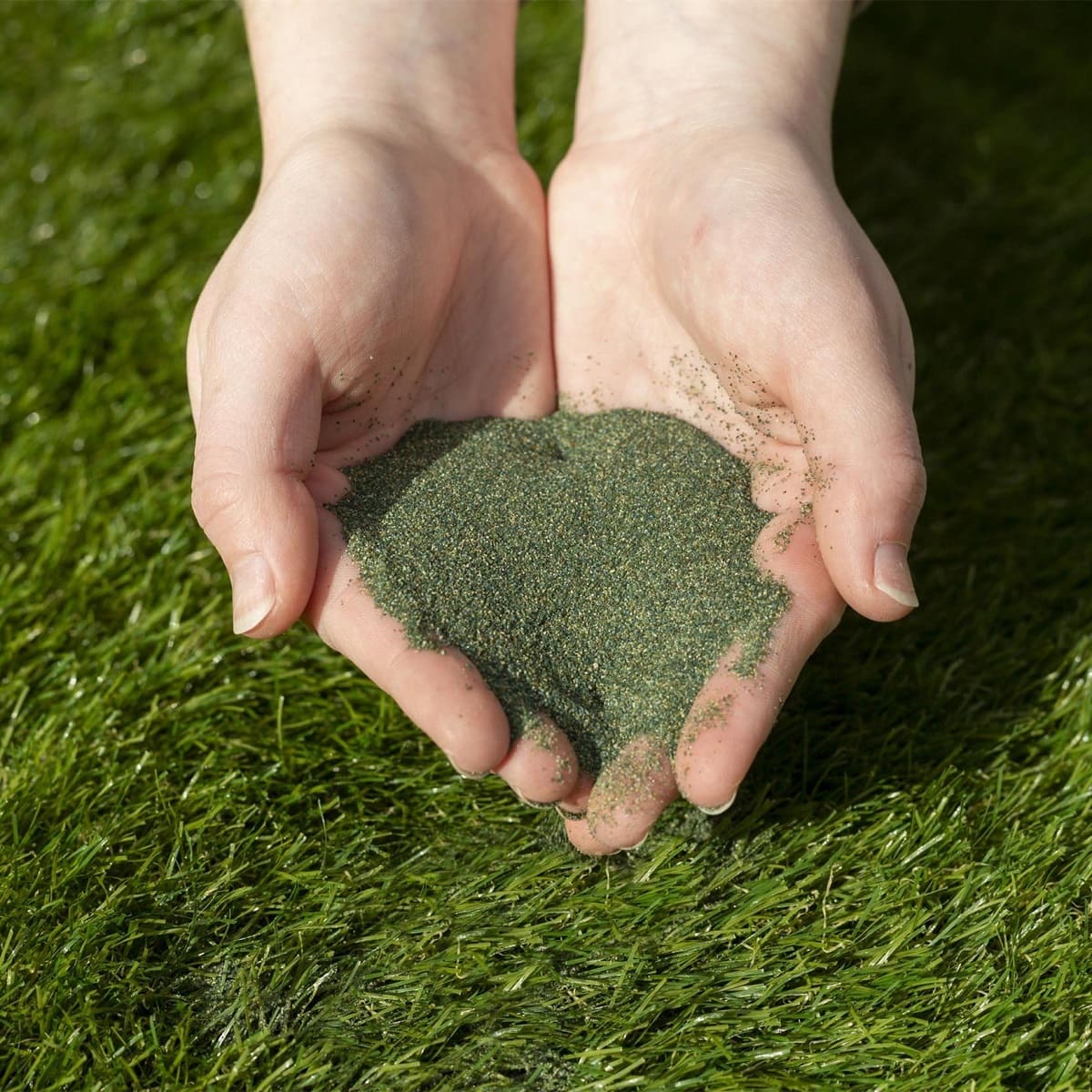
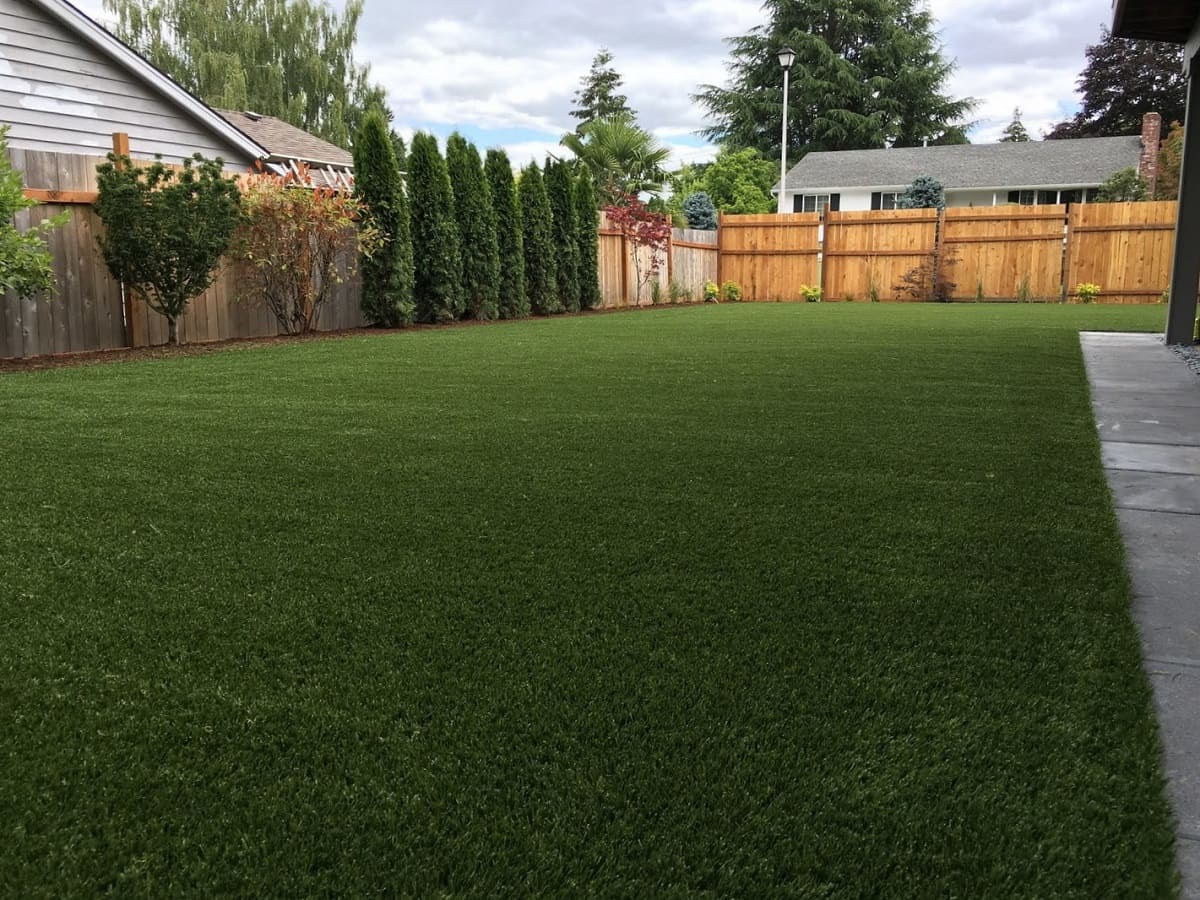
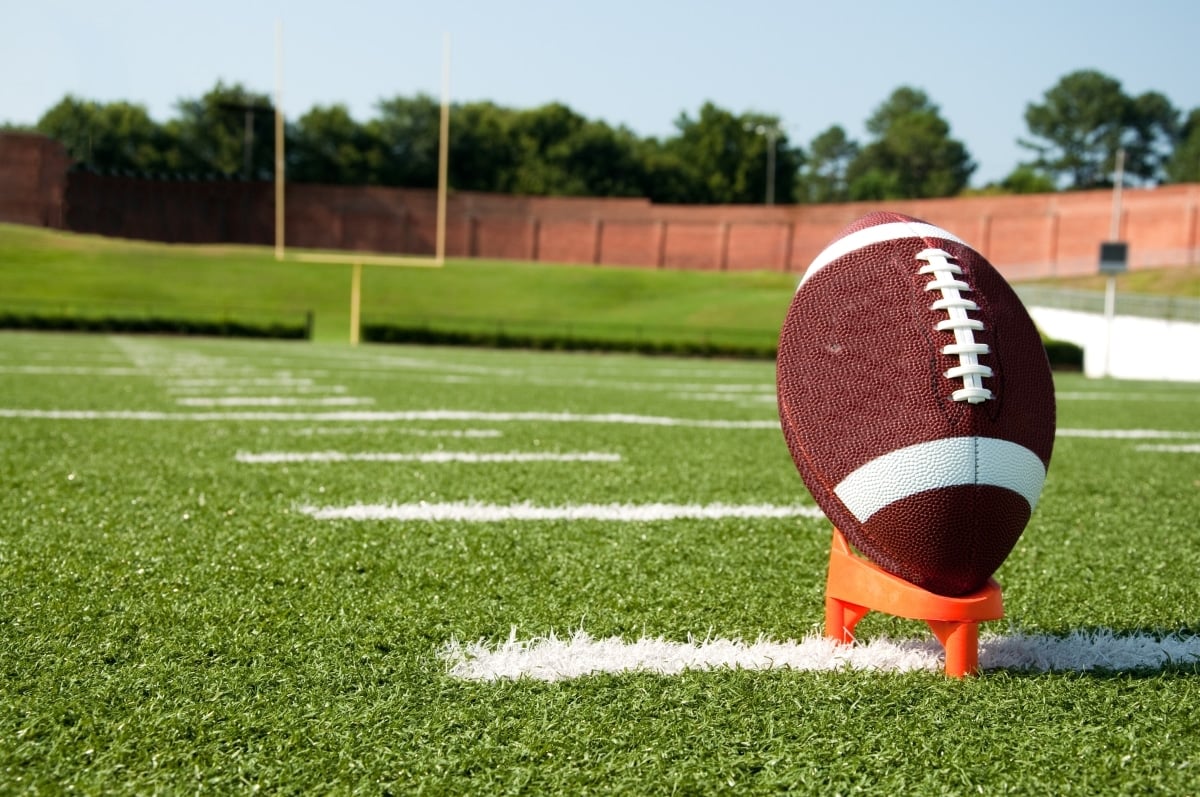
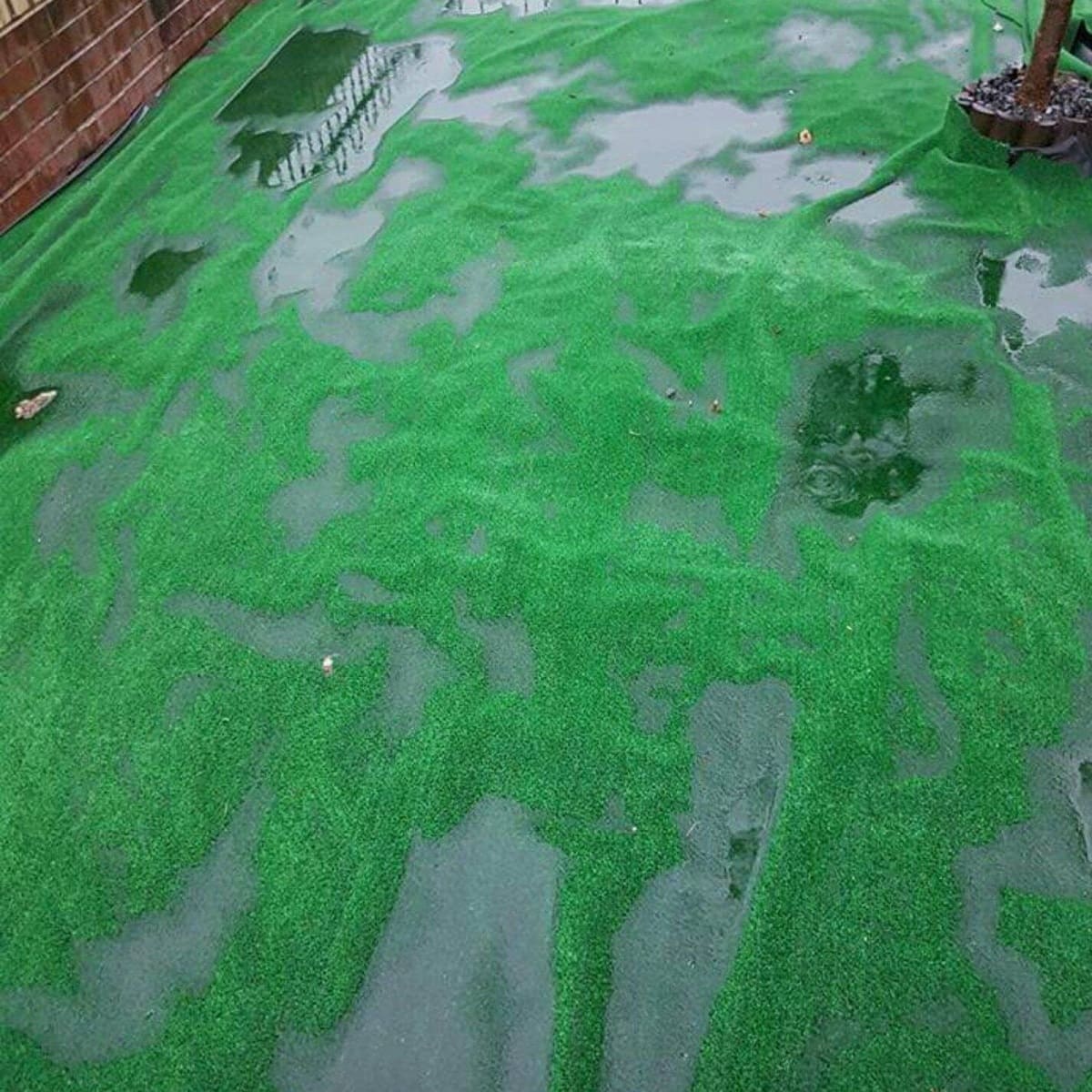
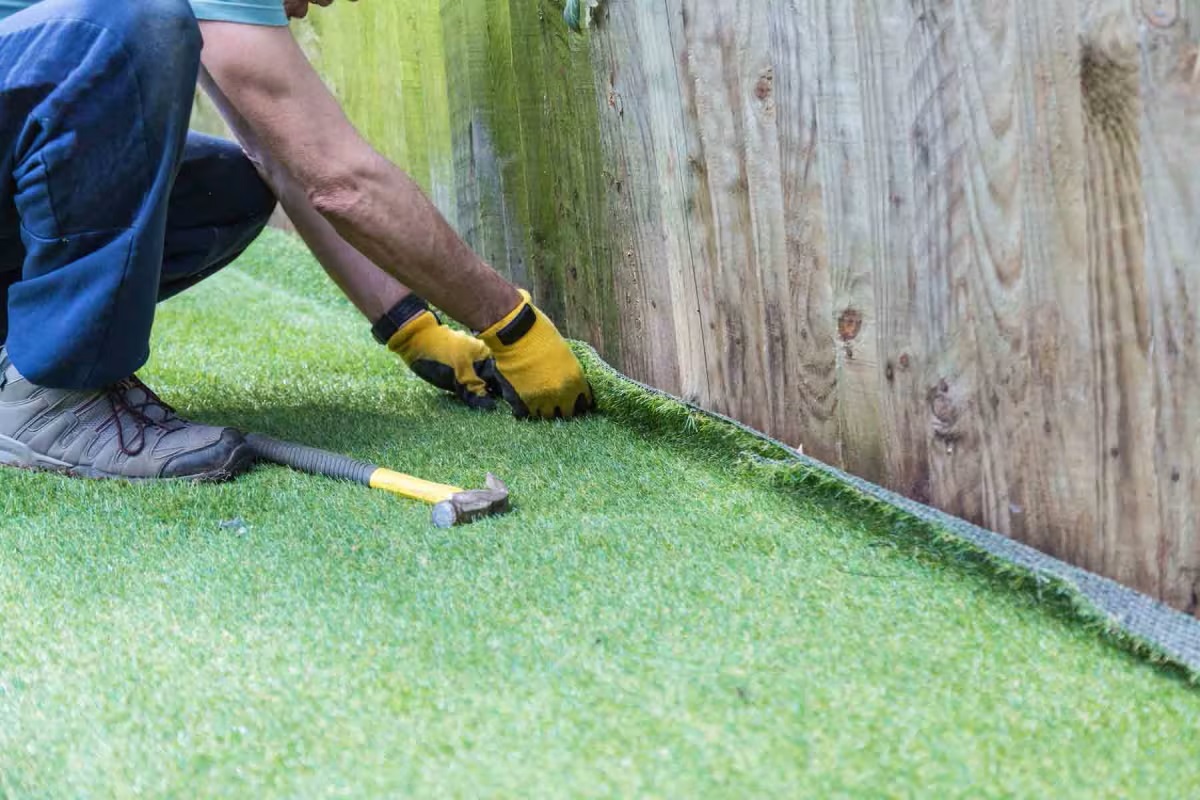
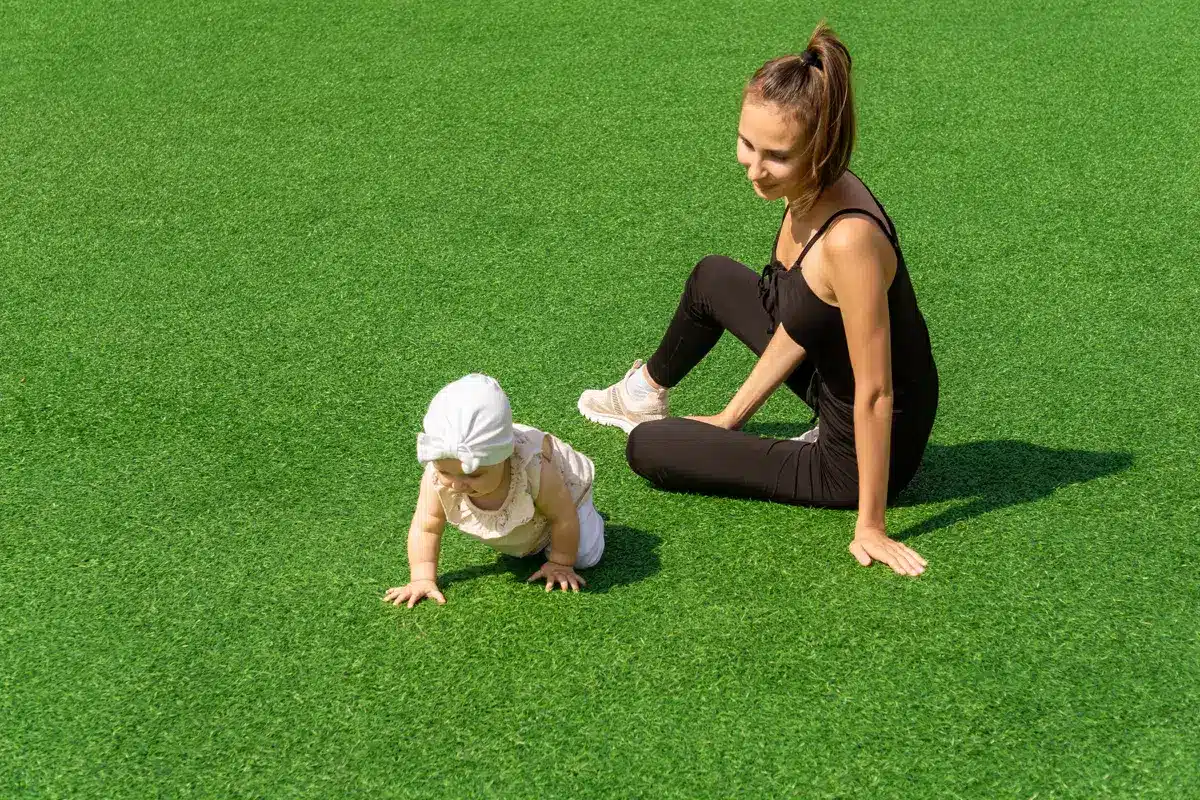
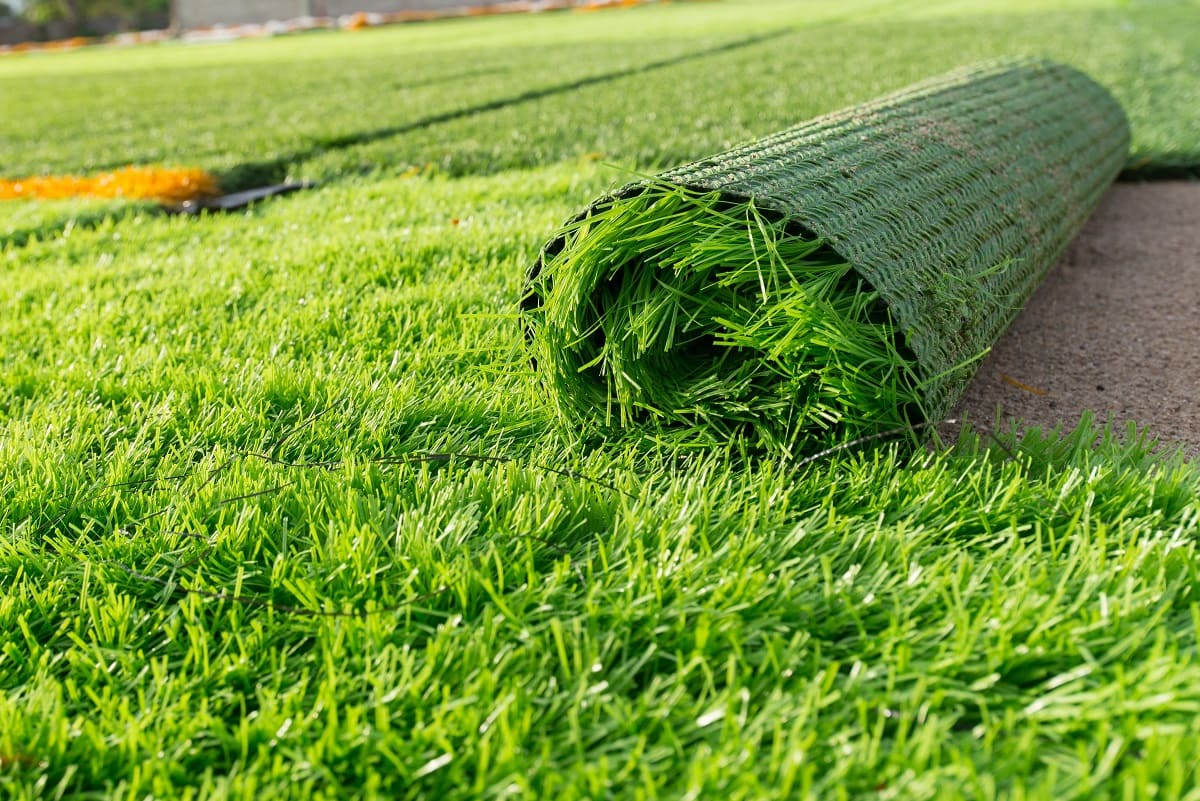
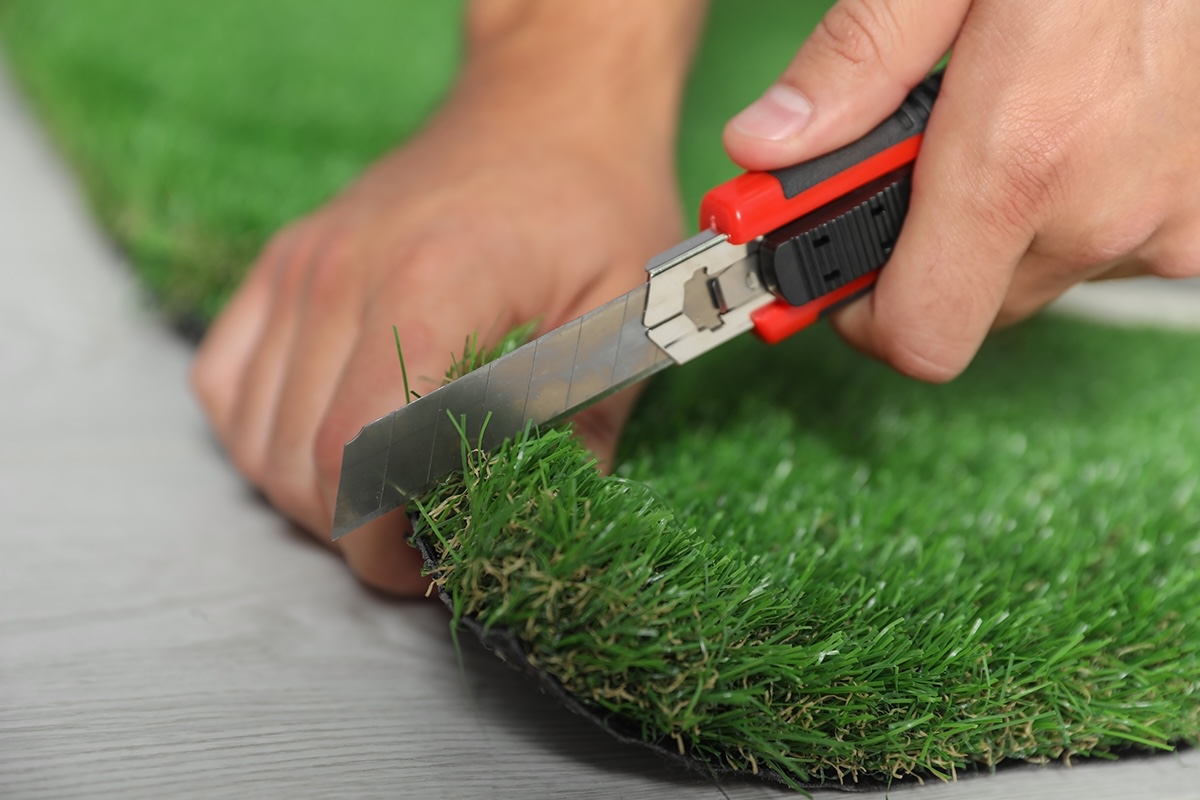
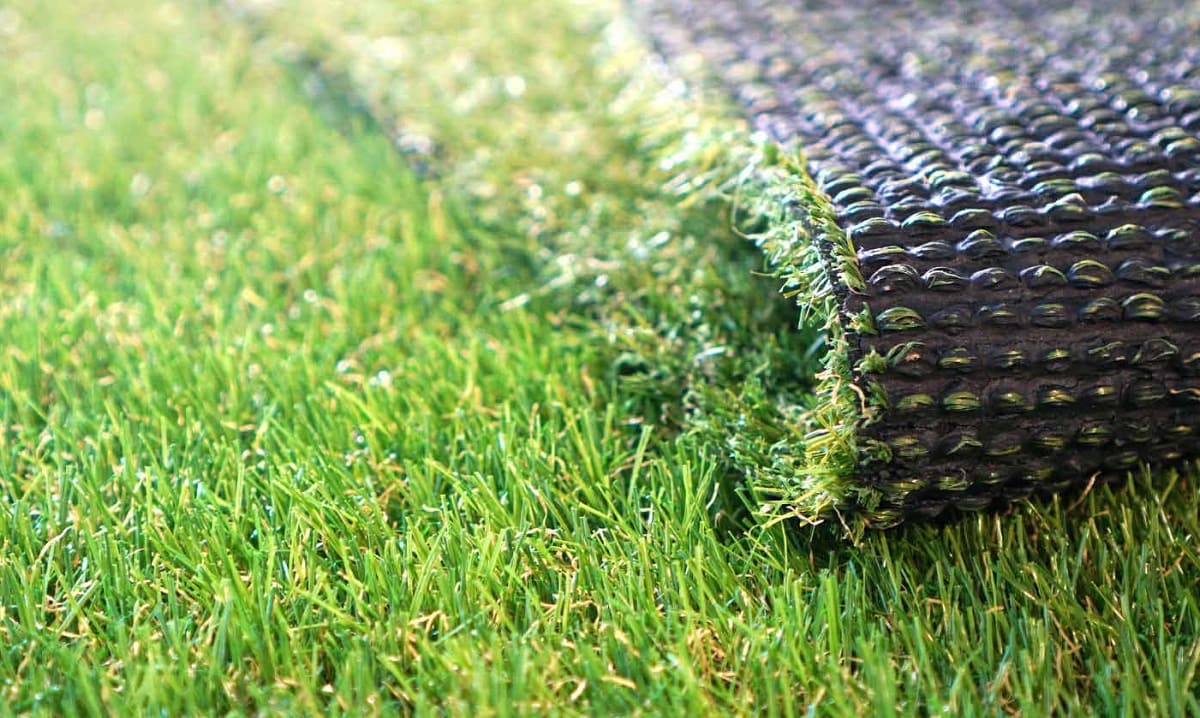
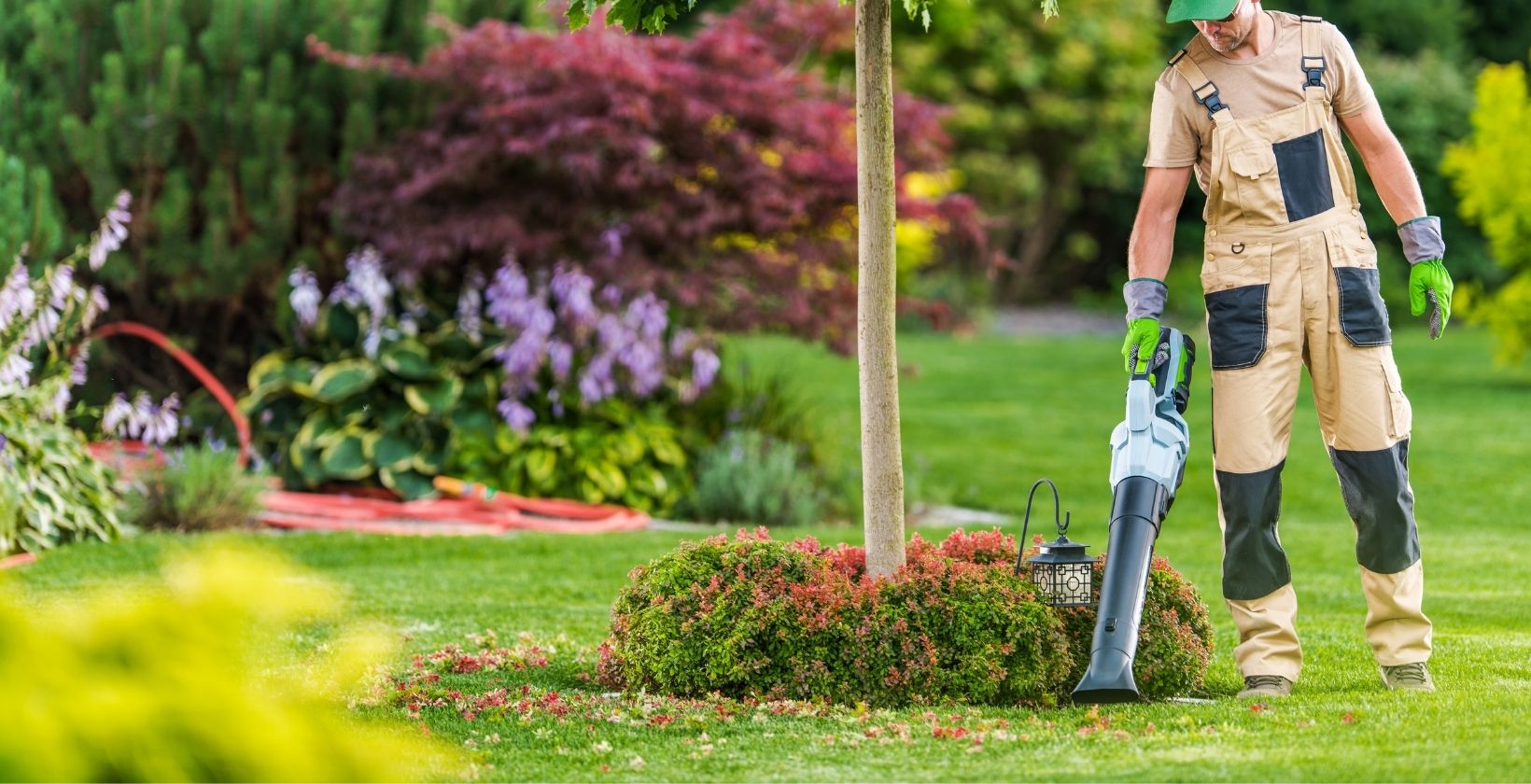
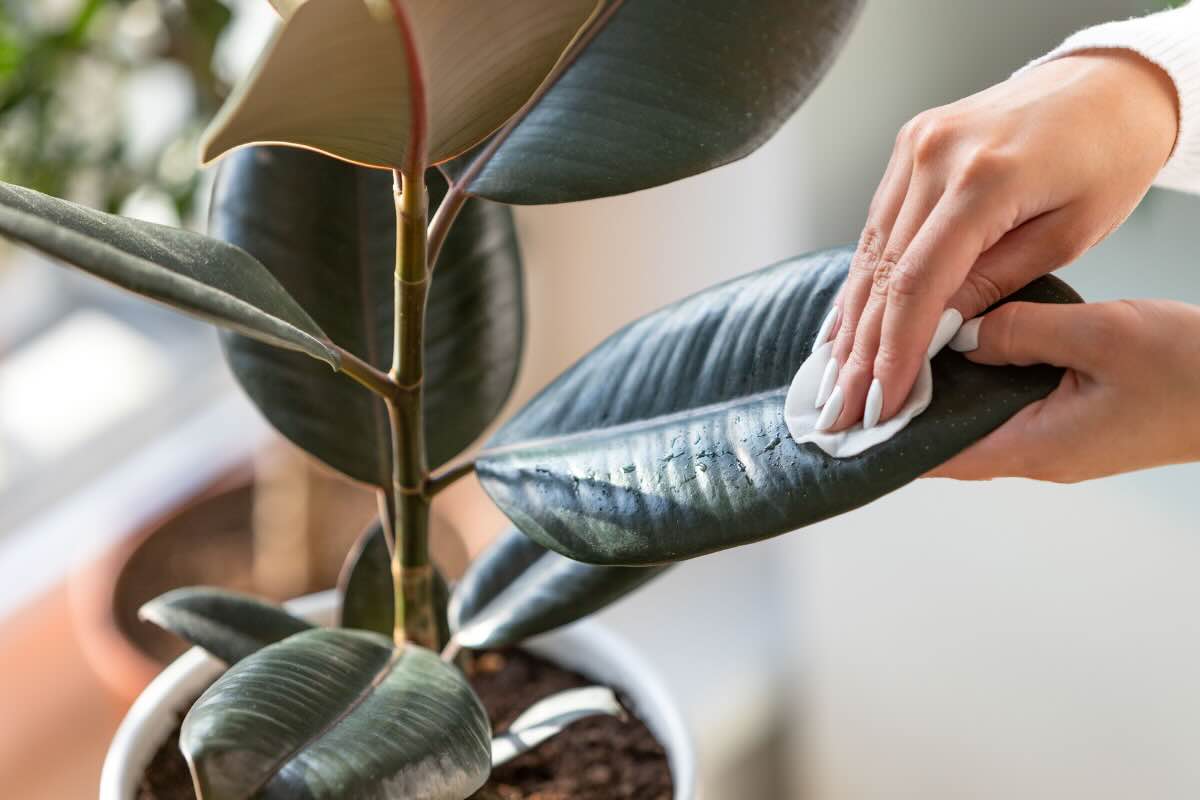
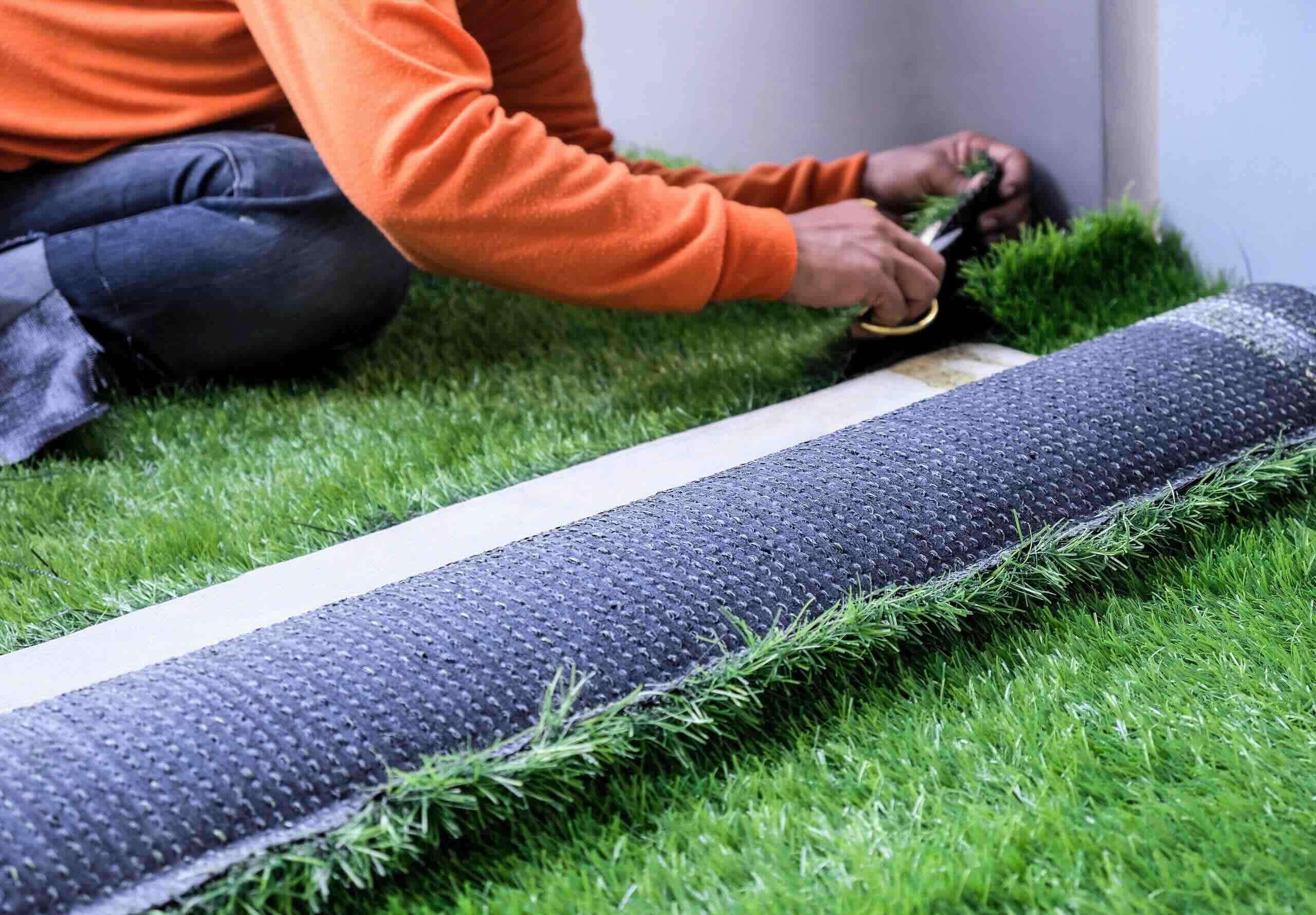
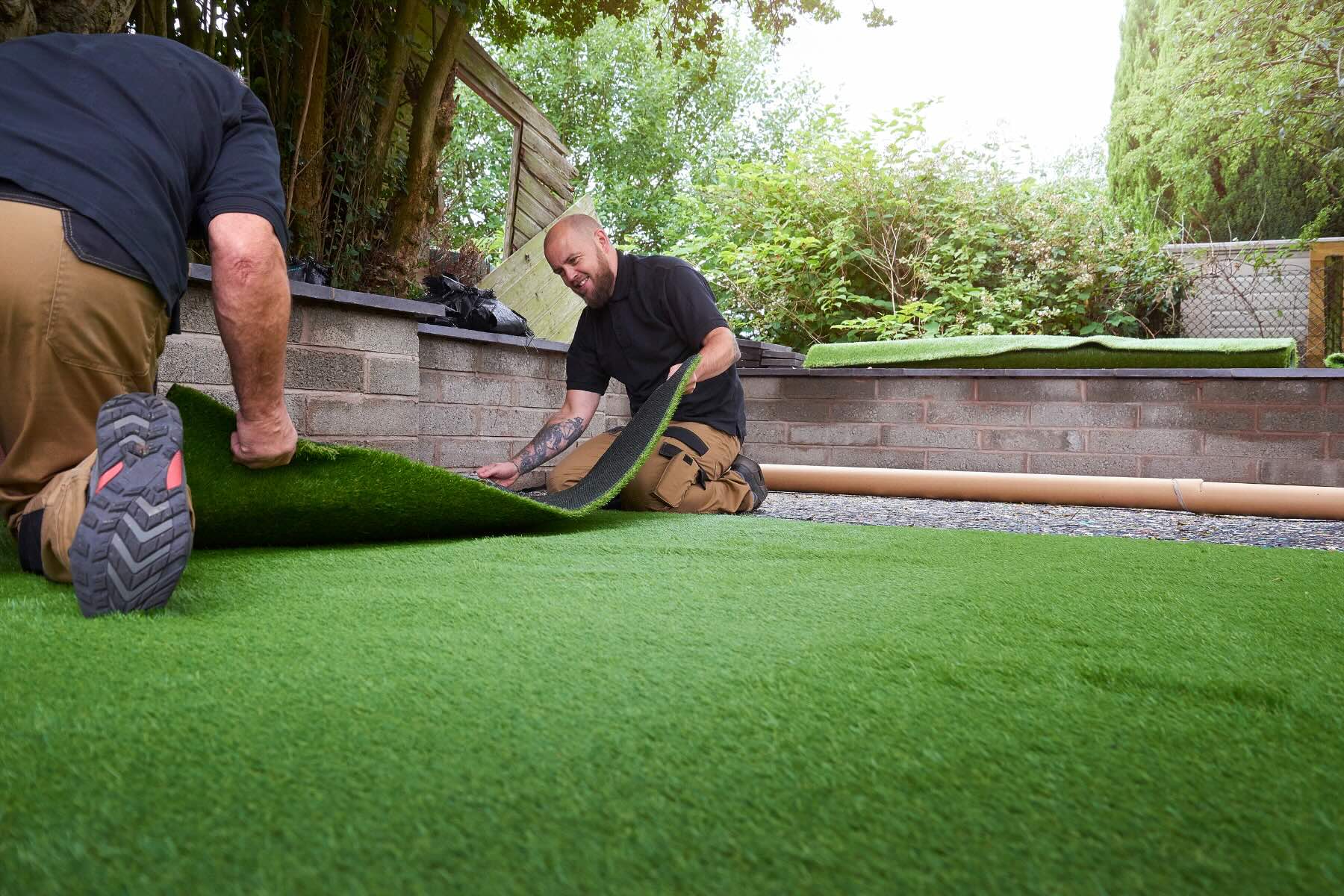

0 thoughts on “What Is Fake Grass”